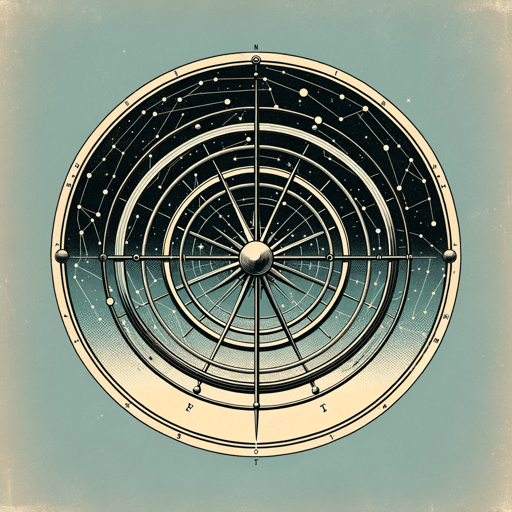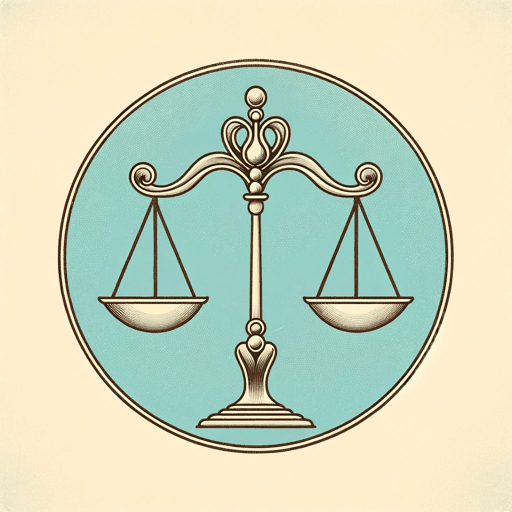57 pages • 1 hour read
Immanuel KantCritique of Pure Reason
Nonfiction | Book | Adult | Published in 1781A modern alternative to SparkNotes and CliffsNotes, SuperSummary offers high-quality Study Guides with detailed chapter summaries and analysis of major themes, characters, and more.
Summary
Prefaces and Introduction
Part I: “Transcendental Aesthetic”
Part II: “Transcendental Logic,” Book I, Chapter I
Part II: “Transcendental Logic,” Book I, Chapter II
Part II: “Transcendental Logic,” Book II, Chapters I-II
Part II: “Transcendental Logic,” Book II, Chapter III
Part II: “Transcendental Logic,” Division II, Books I-II, Chapter I
Part II: “Transcendental Logic,” Division II, Book II, Chapter II
Part II: “Transcendental Logic,” Division II, Book II, Chapter III
Transcendental Doctrine of the Method
Key Figures
Themes
Index of Terms
Important Quotes
Essay Topics
Further Reading & Resources
Part I: “Transcendental Aesthetic”Chapter Summaries & Analyses
Transcendental Doctrine of Elements
Part I: Transcendental Aesthetic: Introduction Summary
As Kant explained in the introduction, The Critique of Pure Reason is composed of two overarching components: the Transcendental Doctrine of Elements and the Transcendental Doctrine of Method. He begins with the “Doctrine of Elements,” which is also subdivided into two main parts: the Transcendental Aesthetic and the Transcendental Logic. His first order of business is the “Aesthetic,” a term that Kant uses to describe something more technical than the study of artistic judgments. The transcendental aesthetic is “a science of all principles of a priori sensibility” (73). Kant seeks to understand the limits of human cognition.
Cognition of objects takes two forms: sensibility and understanding. While understanding deals with objects as they are thought, sensibility deals with objects as they are given to the mind (put differently, appearances). Kant writes, “intuition is that by which a cognition refers to objects directly” (71). The intuitions of sensibility are designated empirical intuitions. Since the objects of thought are originally based upon the experience of objects given to the mind by sensibility, empirical intuition forms the basis of all possible cognition. Coming to grips with its nature is of the utmost importance for the outset of the critical project.
Related Titles
By Immanuel Kant




